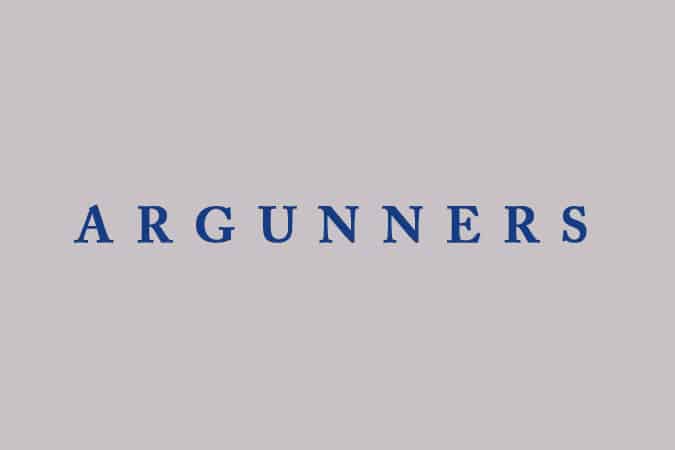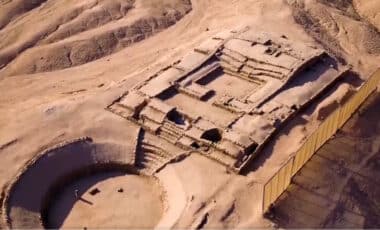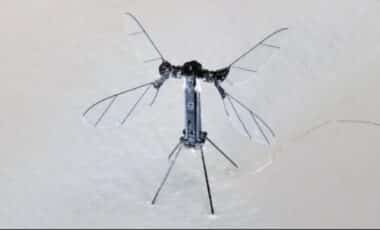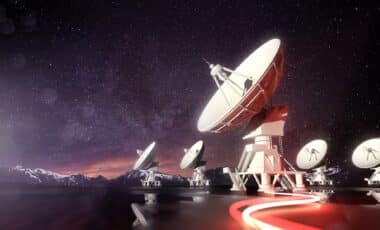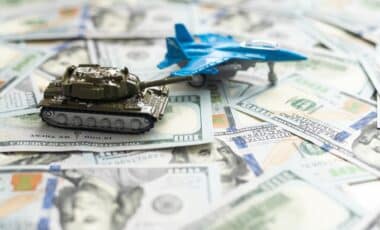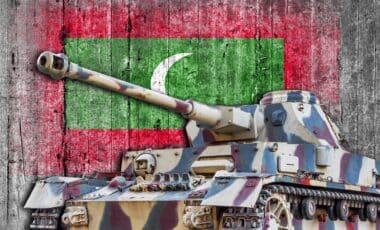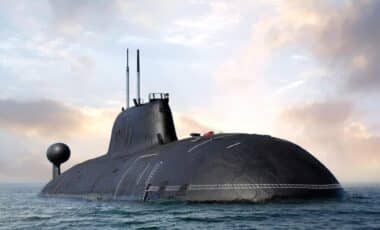He was throwing a football with his friend Dale Downey on that cool December day when the word came across the radio. His dad came outside and said the Japanese had just bombed Pearl Harbor.
Thomas “Bud Currah” and his friend Dale in youthful ignorance quickly replied, “Don’t worry; we’ll take care of it. Dad wasn’t too happy.” Currah’s father, an infantryman in the Great War just gave the boys a knowing nod and went back inside.
The duo had another season of 6-man football to play for the Shoshoni Wranglers, including a loss to Cowley in the state championship game nearly a year later before they had their chance to personally avenge the surprise attack on the U.S. Naval Base at Pearl Harbor.
Downey was the sportswriter for the Wrangler student newspaper and often told Currah that he was getting tired of writing “Downey to Currah” in every football story.
The two enlisted in the U.S. Navy on the buddy plan and took basic training together before different orders changed their path in the military.
 Bud Currah and Dale Downey posed for a photograph after returning home to Shoshoni, Wyoming after Naval training in 1944.
Bud Currah and Dale Downey posed for a photograph after returning home to Shoshoni, Wyoming after Naval training in 1944.
After basic training Currah was sent to Farragut, Idaho for Navy boat training on Lake Pend Oreille. After five months in Idaho he transferred to Ames, Iowa and a diesel mechanic school at Iowa State University. Downey was assigned to Naval air traffic control school.
“There was a cook school at Iowa State taught by farm women,” Currah said. “We ate real well.”
Currah’s final training came in amphibious assault at Soloman Peninsula on Chesapeake Bay. “My specialty was the variable pitch propeller driven by four straight eight diesel engines on each of the two shafts,” Currah said.
The LCS15 was commissioned and launched into Boston Harbor. The crew did a shakedown cruise to Norfolk, Virginia, crossed through the Panama Canal and then up the coast to San Diego before heading off to war in the Pacific.
 The USS LCS15 in the open ocean prior to its sinking in a Kamikaze attack north of Okinawa in April 1945
The USS LCS15 in the open ocean prior to its sinking in a Kamikaze attack north of Okinawa in April 1945
Jump ahead to April 22, 1945 and Currah is a diesel mechanic on the LCS-15. The LCS (Landing Craft Support) was an amphibious craft able to navigate the open ocean. At 160 feet in length and only 24 feet wide it was one of the smallest vessels in the entire United States Navy.
130 LCI (Landing Craft Infantry) were converted to support ships and were heavily armed for such a small vessel with a crew of only 70 officers and men aboard.
Currah was a mechanic but had a battle station firing a .50 cal machine gun near the 10 MK 7 rocket launchers in the middle of the ship.
“We had 13 calls to general quarters that day,” Currah recalled. “I had just taken a shower when the alarm went off again.”
After fighting in the opening days of the invasion of Okinawa beginning on Easter Sunday three weeks before, the LCS-15 was now on picket duty in the farthest line of 14 stations from Okinawa north towards the Japanese mainland. LCS, destroyers and minesweepers were arranged in a five mile diameter circle and protect by Marine pilots flying air cover. Their assignment was to intercept Kamikazes trying to reach the American battleships and large aircraft carriers closer to Okinawa.
 The USS LCS15 and LCS14 moved past the USS Richard P. Peary, a destroyer, in Buckner Bay, Okinawa on Easter Sunday, 1945.
The USS LCS15 and LCS14 moved past the USS Richard P. Peary, a destroyer, in Buckner Bay, Okinawa on Easter Sunday, 1945.
“Radar picked up 21 Japanese planes heading towards us,” Currah said.
Four Marine S4U Corsairs provided air cover for the group of ships and the Marine pilots were able to shoot down 20 of the 21 Kamikazes before they reached the ships at point 14.
“We could hear the pilots on the radio. Splash one bogey they’d say and we’d all hurrah, hurrah,” Currah recalled.
One plane made it through the Marines, a twin-engine Mitsubishi Betty bomber. Firing his .50 cal along with other sailors pouring fire from a twin 40mm battery someone hit the Betty and it began to smoke.
“He wanted to take out a destroyer but when he started to smoke he turned on us,” Currah said. The bomber turned and began to dive towards the LCS.
“I could see the pilots face as he closed on us,” Currah said. “My tracers went right into the cockpit window and I saw him slip behind the console just before he hit us.”
Currah’s ammunition handler panicked as the Betty closed in and ran forward from their position.
“He had headphones on and ran a few yards but the line to the phones caught him, knocked him backwards off his feet and knocked him out,” Currah said. “It saved his life.”
The bomber flew through the center of the ship and out the other side of the hull. The blast threw Currah against a bulkhead, breaking four of his ribs but he didn’t realize it until two days later when he had trouble breathing. “Adrenaline is a powerful thing, you just don’t notice you’re hurt,” he said. “I watched an engine and a tire go flying by. He didn’t last very long but he hit the ship right where he wanted to. It lifted the ship right out of the water.”
The shallow draft LCS began to sink rapidly. In three-and-a-half minutes the ship was below the waves.
14 sailors were killed instantly in the attack and more were injured including many with severe burns.
Currah was a non-swimmer in the middle of an ocean over a mile deep. He scrambled for a Mae West life preserver and pulled the waist strap tight but didn’t adjust the vest properly.
“I hit the water and the vest popped up, forcing my head back,” Currah said. “Another sailor saw what was happening and tried to pull me up. We spotted an empty 30 gallon GI can floating nearby, I grabbed one handle and he got the other. I told him if we see a shark I’m getting inside the can.”
Currah was in the water 45 minutes to an hour before a destroyer fished him out of the sea. Neighboring ships picked up the 55 survivors, another man was killed later by a shark in addition to the 14 in the Kamikaze attack.
“An officer on the destroyed told the men to find someone my size and get me some dry clothes,” Currah said. His water soaked clothes were full of diesel fuel and oil from the attack.
“You spend so much time with these guys on a small ship that you get to know everybody real well. It was like losing 15 brothers,” Currah said. “A engine room sailor from Butte, Montana crawled out of the hole made by the bomber and dropped into the water. I saw him a few days later he was bandaged from head to toe with severe burns.”
The survivors were assembled on an APA, (Amphibious Transport) along with the victims of the attack.
“We had a burial at sea,” Currah said. “Taps brings everything back. If they play taps at a military funeral I get lost.”
Currah moved from the destroyer that rescued him, to the APA and eventually the USS Intrepid, an aircraft carrier.
Currah and the other surviving members of the LCS-15 were taken to San Francisco on the Intrepid along with 1500 sailors rescued from the USS Franklin, an aircraft carrier badly damaged in March.
“We pulled into San Francisco in June 1945,” Currah said.
Orders were cut to reassign the men after their leave was up.
“Pretty near all my buddies went back but they found out I’d been a parts man at the Shoshoni Garage and I was assigned to a parts depot in San Diego,” Currah said.
Currah was discharged in 1946, just after Christmas.
“They offered me petty officer rank if I re-enlisted but I already had two kids and wanted to get home,” Currah said.
 Bud and Marge Currah posed for a photo in a nickel photo booth in San Diego before he shipped out for Okinawa
Bud and Marge Currah posed for a photo in a nickel photo booth in San Diego before he shipped out for Okinawa
Currah’s wife Marge and her twin sister Maggie were also from Shoshoni and worked as riveters in a San Diego plant during the war.
The couple met near the family farm after Marge’s family moved to the valley near Shoshoni.
“One day two girls rode past the farm on a horse,” Currah said. “They were twins and pretty cute.” The sisters moved to southern California to work in the war effort.
The couple was married on a whirlwind seven day trip to Shoshoni on December 19, 1944.
“The captain wanted to marry us but I wasn’t 21 so he couldn’t do it,” Currah said. “Marge only had to be 18. The skipper gave me seven days of leave. We caught a bus for Shoshoni, made it to Rawlins and there was Mr. Spaulding the Shoshoni high school principal sitting in the lobby of a motel. He gave us a ride to Shoshoni.”
 Bud Currah smiled with his high school graduation photo in his home in Riverton, Wyoming
Bud Currah smiled with his high school graduation photo in his home in Riverton, Wyoming
The couple were married in the little log church in Missouri Valley that still sits along the highway to Pavillion.
The couple had six sons and will soon celebrate their 72nd wedding anniversary.
Currah remains a familiar sight around Shoshoni High School sporting events and was honored as a team captain in the Wranglers 2012 homecoming game.

